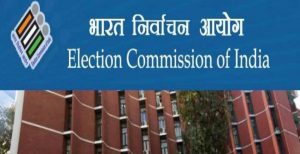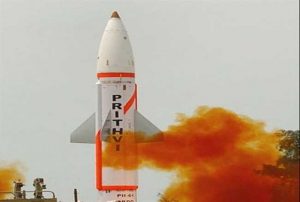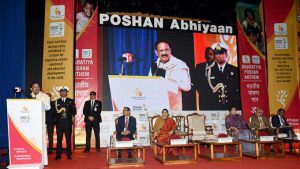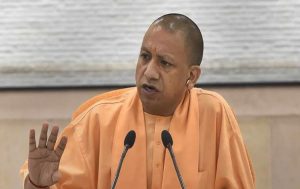VisionIAS
15:57

📰 Another quota question: On creamy layer for SCs
Supreme Court needs to decide whether ‘creamy layer’ norms can be extended to SCs
•The time may have come for an authoritative pronouncement on the question whether the concept of ‘creamy layer’ ought to be applied to Scheduled Castes and Scheduled Tribes. The Union government has called upon the Supreme Court to form a seven-judge Bench to reconsider the formulation in M. Nagaraj vs Union of India (2006) that it should be applied to the SC and ST communities. This verdict was a reality check to the concept of reservation. Even while upholding Constitution amendments meant to preserve reservation in promotions as well as consequential seniority, it contained an exposition of the equality principle that hedged reservation against a set of constitutional requirements, without which the structure of equal opportunity would collapse. These were ‘quantifiable data’ to show the backwardness of a community, the inadequacy of its representation in service, and the lack of adverse impact on “the overall efficiency of administration”. This placed a question mark on the continuance of quota policies of various State governments due to non-compliance with these parameters. In Jarnail Singh (2018), another Constitution Bench reaffirmed the applicability of creamy layer norms to SC/STs. On this ground, it felt that Nagaraj did not merit reconsideration. However, it ruled that Nagaraj was wrong to require a demonstration of backwardness for the Scheduled Castes and Tribes, as it was directly contrary to the nine-judge Bench judgment in Indra Sawhney (1992), which had laid down that there is no need for a test of backwardness for SC/STs, as “they indubitably fall within the expression ‘backward class of citizens’.”
•It is curious that Jarnail Singh accepted the presumption of the backwardness of Scheduled Castes and Tribes, but favoured applying the ‘means test’ to exclude from the purview of SC/ST reservation those who had achieved some level of economic advancement. In this, it specifically rejects an opinion by the then Chief Justice K.G. Balakrishnan in Ashoka Thakur (2008) that the ‘creamy layer’ concept is a principle of identification (of those who should not get reservation) and not one of equality. While the Centre has accepted that the ‘creamy layer’ norm is needed to ensure that only those genuinely backward get reservation benefits, it is justifiably upset that this principle has been extended to Dalits, who have been acknowledged to be the most backward among the backward sections. Another problem is the question whether the exclusion of the advanced sections among SC/ST candidates can be disallowed only for promotions. Most of them may not fall under the ‘creamy layer’ category at the entry level, but after some years of service and promotions, they may reach an income level at which they fall under the ‘creamy layer’. This may result in the defeat of the object of the Constitution amendments that the court itself had upheld to protect reservation in promotions as well as consequential seniority. Another landmark verdict in the history of affirmative action jurisprudence may be needed to settle these questions.

















